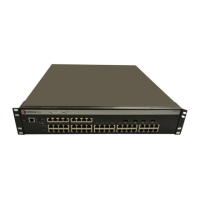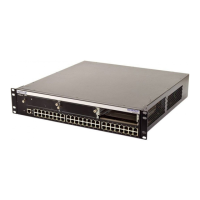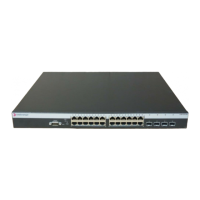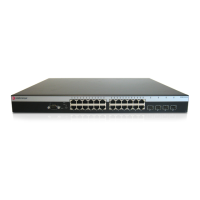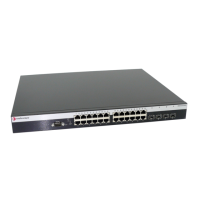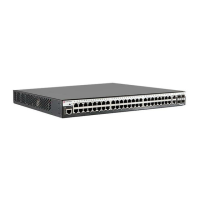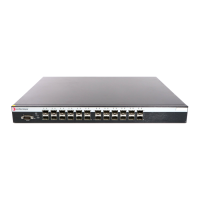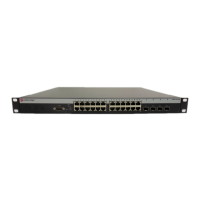Command Line Interface
4-210
4
Command Usage
• Group Address Registration Protocol is used by GVRP and GMRP to
register or deregister client attributes for client services within a bridged LAN.
The default values for the GARP timers are independent of the media access
method or data rate. These values should not be changed unless you are
experiencing difficulties with GMRP or GVRP registration/deregistration.
• Timer values are applied to GVRP for all the ports on all VLANs.
• Timer values must meet the following restrictions:
- leave >= (2 x join)
- leaveall > leave
Caution: Set GVRP timers on all Layer 2 devices connected in the same network to the
same values. Otherwise, GVRP may not operate successfully.
Example
Related Commands
show garp timer (4-210)
show garp timer
Use this command to show the GARP timers for the selected interface.
Syntax
show garp timer [interface]
interface
- ethernet unit/port
- unit - This is device 1.
- port - Port number.
- port-channel channel-id (Range: 1-6)
Default Setting
Shows all GARP timers.
Command Mode
Normal Exec, Privileged Exec
Console(config)#interface ethernet 1/1
Console(config-if)#garp timer join 100
Console(config-if)#
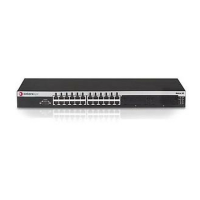
